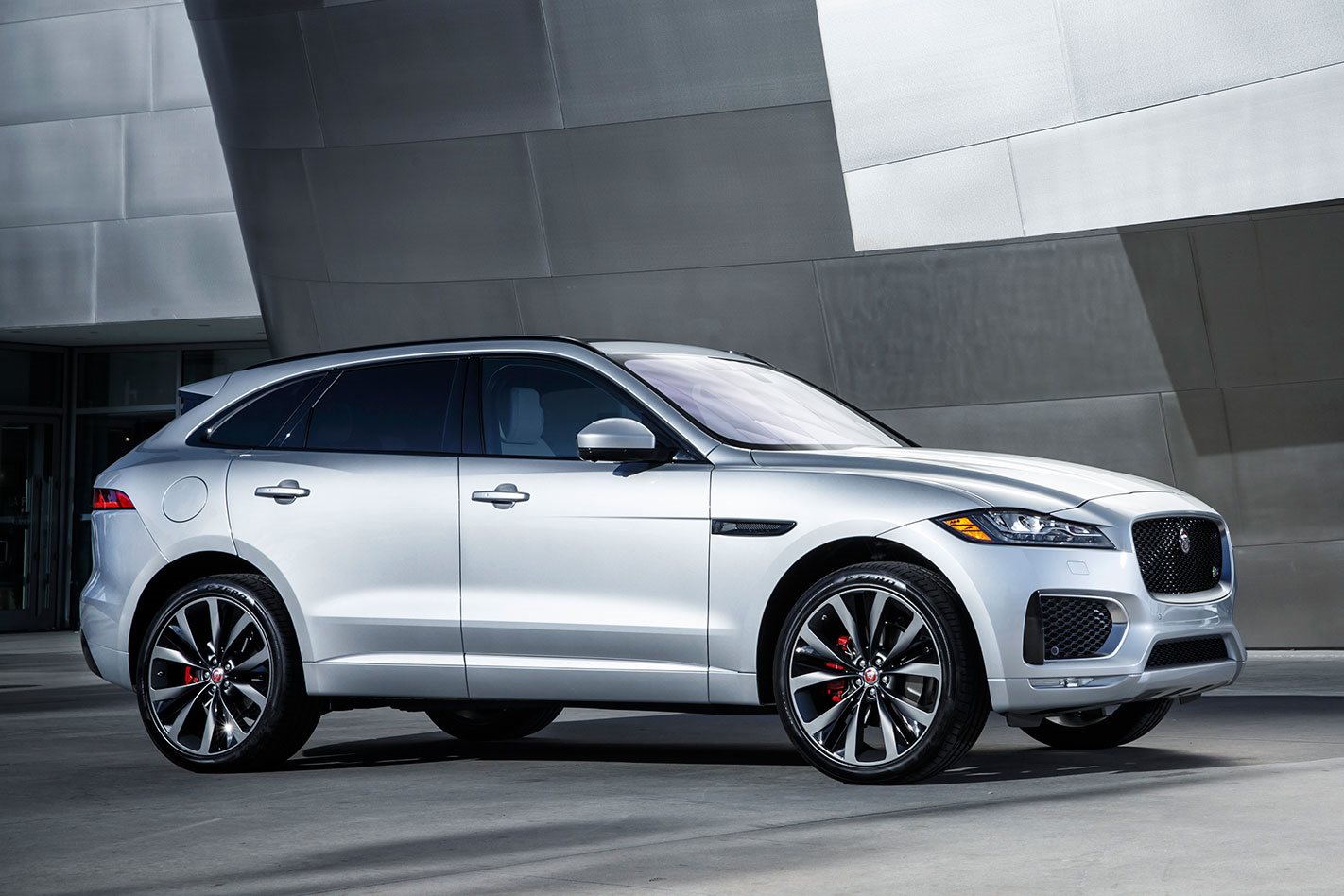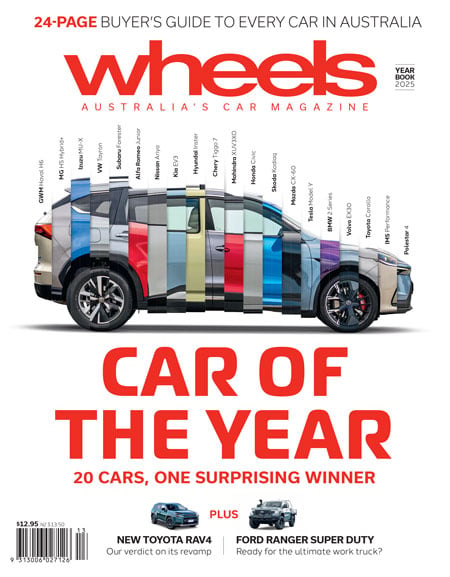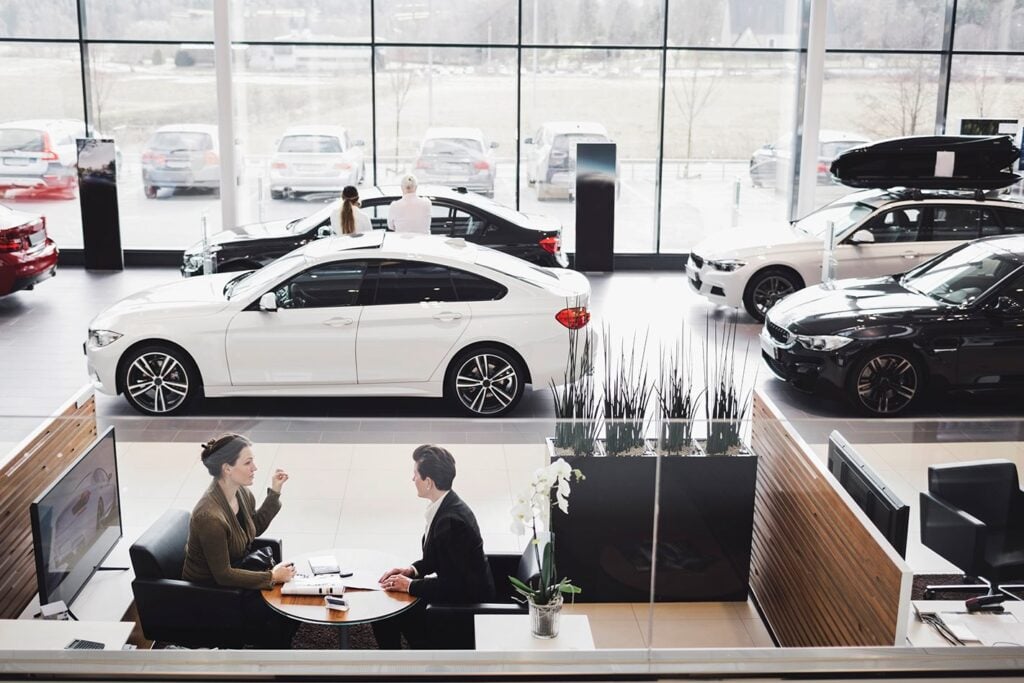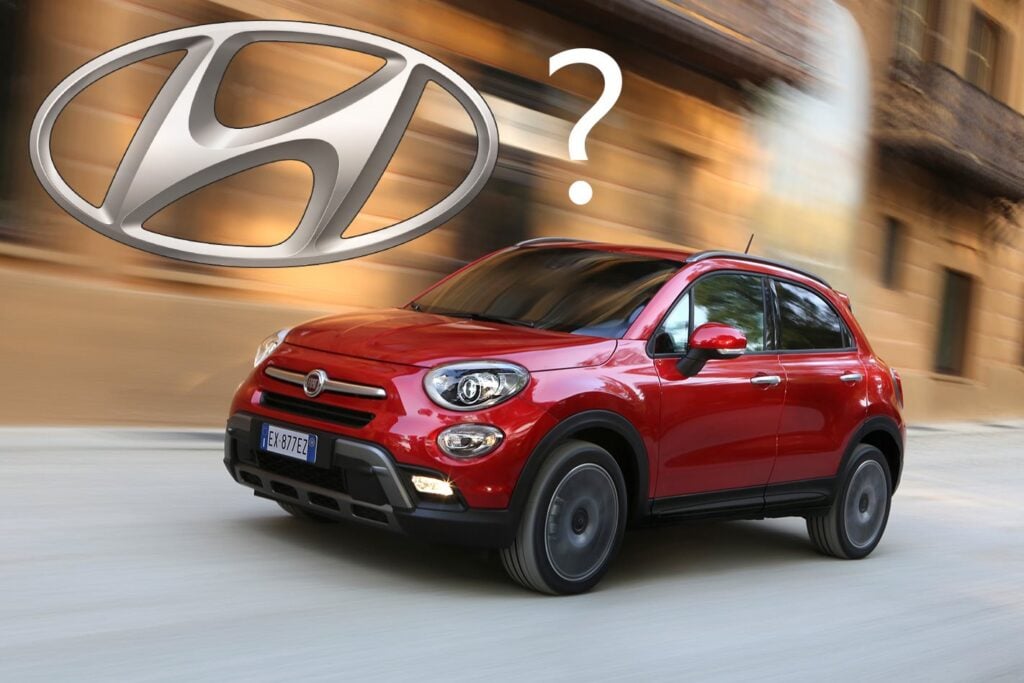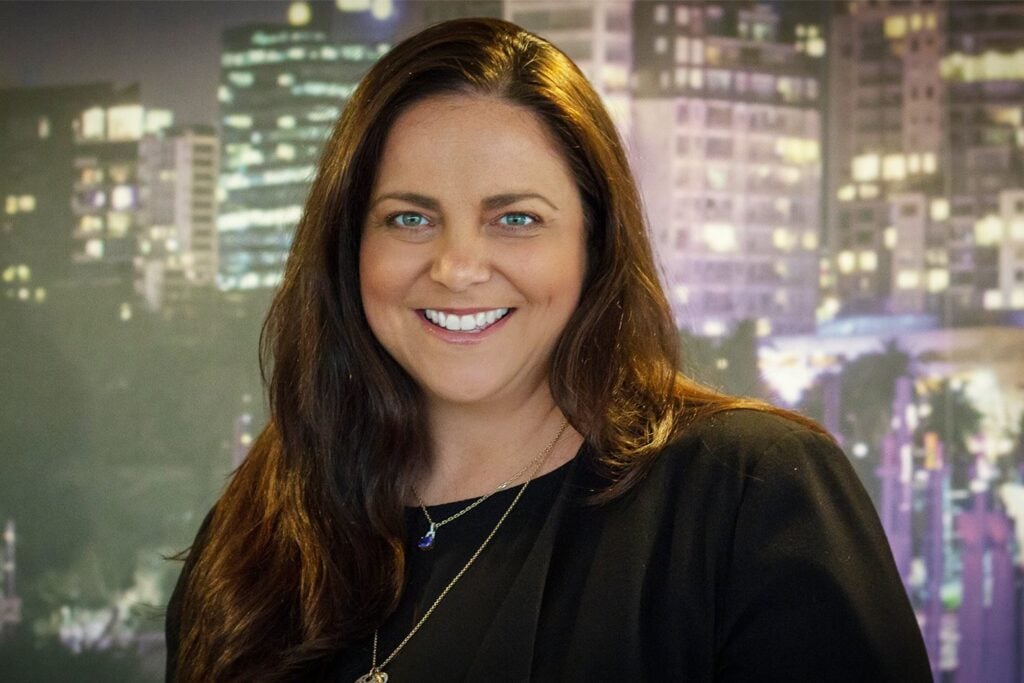THE NEW Jaguar F-Space SUV will be so popular in Australia that it will double the brand’s sales, says the company’s Aussie boss.
Pitched as a rival for the BMW X5, Porsche Macan and Audi Q5, the F-Pace is Jaguar’s first ever SUV and arrives Down Under in July 2016.
Jaguar expects to sell “well in excess of 1000” F-Paces a year to SUV-hungry Aussies, a move that will see at least twice as many Jaguar-badged cars on local roads. Last year, Jaguar’s total volume was 1292 cars, but Wheels’ exclusive report card predicted the brand could see 3000 in 2016.
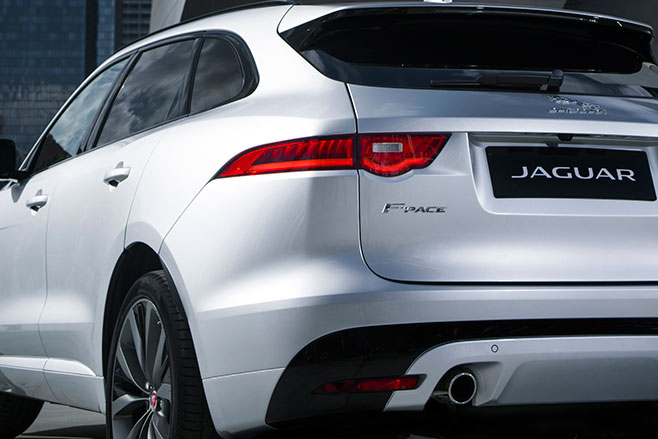
Wiesner says the F-Pace, which will be priced from $74,340 for the entry-level diesel-powered 20d Prestige, will bring new customers to the brand.
“We’re kind of skewed towards male customers with our offerings today, so what F-Pace does is open our brand up to a far wider audience,” he said. “Female buyers for example, and that not just helps F-Pace but brings more focus on the rest of our products.”
Built on the same aluminium-intensive architecture as the new Jaguar XE and XF sedans, and powered by the same suite of four- and six-cylinder petrol and diesel engines, the F-Pace and will have a strong focus on performance, rather than off-road ability.
“It is very much a Jaguar and what our brand stands for,” said Wiesner. “It’s job is very different to, for example, what a Range Rover Sports is, it’s more crossover than hardcore SUV, it’s not designed to go off-road. It’s a performance SUV. It’s going to drive like a Jaguar, it’s going to be dynamic. We want you to step out of an F-Pace and have a similar feeling to when you drive an XE or an XF.”
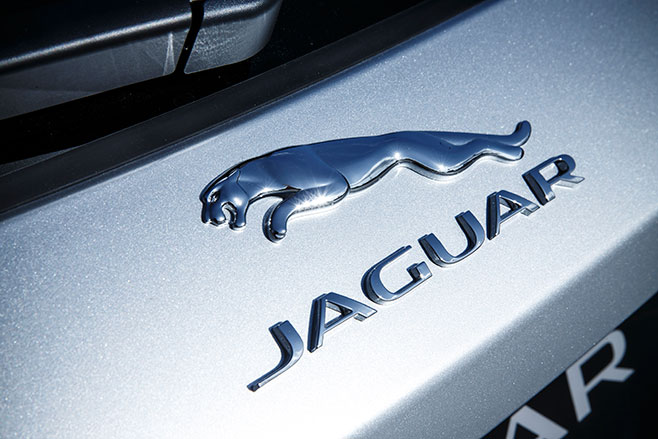
“F-Pace fits into the SVO space,” said Wiesner. “If you look at F-Pace and its markets and trends, you would say the guys at SVO would be very keen to get hold of it and do something with it, because it’s such an important car from a Jaguar perspective and it’ll have such a big role in driving the volume of the brand.”
Wiesner sited the success of AMG, which sold more than 4000 vehicles in Australia last year, as proof that a SVR-badged F-Pace would sell well here.
“It will be significant for us, to say the least,” he said.
Jaguar will launch the F-Pace in Australia in late July or early August, and Wiesner is confident that supply from the British brand’s Solihull factory, will keep up with demand. This despite reports in the UK that customers face a nine-month wait for their cars to arrive, such is the new SUV’s popularity.
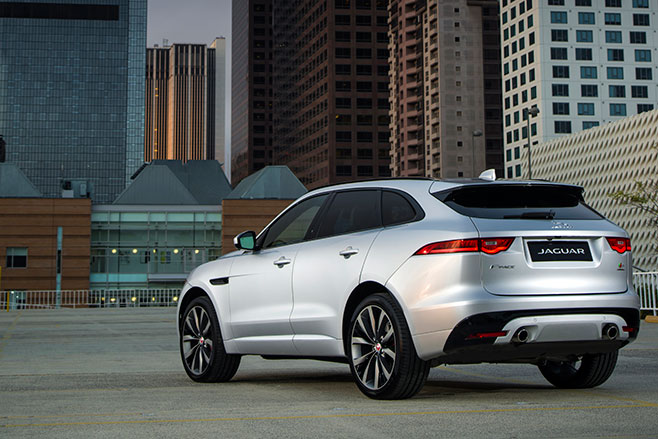
Large luxury SUVs were one of the stronger-growing segments in last year’s bumper 1.15 million sales-strong new-car market. Audi’s Q7, replaced late last year with an all-new lighter model that made it into the top three in the 2016 Wheels Car of the Year, is the segment leader, with rivals including the BMW X5, Range Rover and the Range Rover Sport, and the new Mercedes-Benz GLE wagon and coupe chasing it hard.
The segment grew 8.7 percent last year as SUV sales continue to eat into tradtional passenger car sales.


